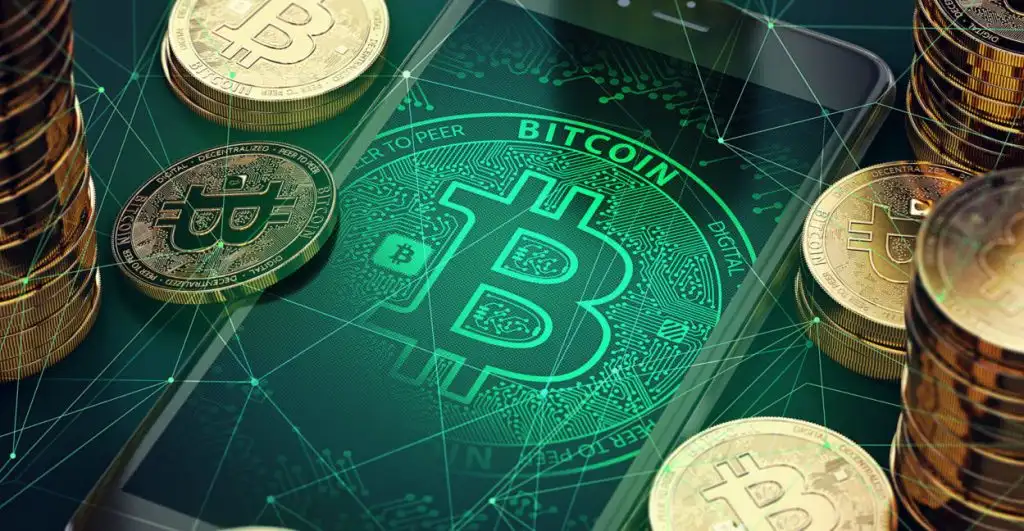Singapore’s emergence as a global financial hub has made it a favored destination for commodities trading. Its political stability, transparent regulations, and central location in Southeast Asia provide the ideal environment for investors seeking exposure to precious metals. Among the most actively traded commodities in Singapore are gold and silver — assets valued both for their intrinsic worth and their role in hedging against economic uncertainty.
Gold Trading in Singapore
Gold has earned its reputation as a reliable store of value, particularly during times of economic unrest. In Singapore, demand for gold trading spans both institutional and retail investors, drawn by the nation’s strategic infrastructure and tax-friendly policies. Gold’s dual identity as an investment and a safe haven amplifies its appeal in a diversified portfolio.
Popular Forms of Gold Trading
- Physical Gold: Investors can purchase bullion in the form of bars, coins, or jewelry. Singapore is home to a growing number of gold depositories and private vaults that offer secure storage for high-net-worth individuals and financial institutions.
- Paper Gold: Gold futures and ETFs allow traders to speculate on price movements without handling the physical metal. Gold futures are available via platforms like SGX, while ETFs offer simplified access through regulated financial instruments.
Key Influences on Gold Prices
- Macroeconomic Indicators: Inflation, U.S. dollar strength, and central bank interest rate decisions all shape the direction of gold prices.
- Geopolitical Tensions: Gold tends to rise in value during times of international uncertainty, functioning as a safe-haven asset.
- Investor Sentiment: Trends in investor behavior — particularly during periods of market turbulence — often influence short-term demand and price movements.
Traders in Singapore benefit from staying informed about global macroeconomic conditions, which can influence both short- and long-term strategies in the gold market.
Silver Trading in Singapore
Although silver often takes a back seat to gold, it holds a distinct and critical role in commodities trading. Silver’s dual use — as a precious and industrial metal — adds a layer of complexity and opportunity for investors.
Ways to Trade Silver
- Physical Silver: Bars, coins, and collectibles remain widely accessible through authorized dealers in Singapore. These are popular among investors seeking tangible assets.
- Silver Derivatives: Futures contracts and ETFs offer exposure to silver’s price movement without the need for physical handling. These are particularly attractive to traders seeking short-term opportunities.
Drivers Behind Silver Price Movements
- Industrial Demand: Silver is heavily used in electronics, solar panels, and electric vehicles — all industries expected to grow in the coming years.
- Global Growth Trends: Economic expansion, especially in emerging markets, can fuel demand for silver in manufacturing and technology.
- Volatility: Silver often experiences more pronounced price swings than gold, making it a higher-risk, higher-reward asset for active traders.
Because silver responds to both economic cycles and industrial demand, traders need to monitor sector-specific developments in addition to broader financial trends.

Strategic Approaches to Gold and Silver Trading
Profiting from precious metals requires more than intuition. It demands a balanced approach that includes both technical and fundamental analysis. Traders in Singapore often rely on a combination of indicators and economic insights to guide decisions.
Key Tools and Techniques
- Technical Indicators: Moving averages, RSI, and MACD are used to identify entry and exit points.
- Economic Data: Inflation reports, GDP figures, and employment data provide context for likely price trends.
- Geopolitical News: Conflict or instability in major economies often drives a flight to safety — increasing demand for gold and, to a lesser extent, silver.
Risk Management Essentials
- Stop-Loss and Take-Profit Orders: These tools protect against unexpected downturns and lock in gains during favorable movements.
- Diversification: Spreading risk across multiple commodities or asset classes helps reduce the impact of volatility in any single market.
- Portfolio Rebalancing: Adjusting exposure based on market trends ensures traders remain aligned with their risk tolerance and goals.
Conclusion
Gold and silver trading in Singapore presents compelling opportunities for both novice and seasoned investors. With its stable regulatory environment, global connectivity, and strong infrastructure, the city-state is uniquely positioned to support commodities trading across physical and financial instruments.
While the potential for profit is significant, the volatility of precious metals requires disciplined strategy and continuous learning. Understanding what drives prices, using technical tools, and maintaining a clear risk management framework are all crucial for success. As the commodities market evolves, staying adaptable and informed will be the key to navigating the dynamic world of gold and silver trading in Singapore.






